Introduction:
A tooth extraction is often necessary to alleviate pain, prevent infection, or address other dental issues. While the procedure itself is routine, complications can arise post-extraction, and one of the most common and painful complications is a dental dry socket.
What is a Dental Dry Socket?
A dental dry socket, scientifically known as alveolar osteitis, occurs when the blood clot that typically forms in the tooth socket after extraction is dislodged or dissolves before the wound has fully healed. This leaves the underlying bone exposed and vulnerable, causing intense pain and discomfort.
Causes of Dental Dry Sockets:
Several factors can contribute to the development of dry sockets:
- Poor Oral Hygiene: Inadequate oral care before and after extraction can lead to bacterial contamination and infection, disrupting the healing process.
- Smoking: Tobacco use, especially smoking, is a significant risk factor. The chemicals in tobacco can hinder blood clot formation and impede healing.
- Oral Contraceptives: Hormonal changes associated with the use of oral contraceptives can increase the risk of dry sockets in some individuals.
- Trauma or Injury: Excessive force during the tooth extraction process or accidental trauma can dislodge the blood clot.
- Previous History: Individuals who have experienced dry sockets in previous extractions are more prone to developing them again.
Symptoms of Dental Dry Sockets:
Identifying the signs of a dental dry socket is crucial for prompt intervention. Common symptoms include:
- Severe Pain: Intense and throbbing pain around the extraction site is the hallmark of a dry socket.
- Visible Bone: In some cases, the underlying bone may be visible in the socket.
- Bad Breath: Foul odor or taste in the mouth may accompany a dry socket due to bacterial activity in the exposed area.
- Pain Radiating to the Ear: The pain from a dry socket can extend to the ear on the same side of the face.
- Swelling and Discomfort: Swelling and general discomfort around the jaw and cheeks may be present.
Preventing Dental Dry Sockets:
While not all cases can be prevented, certain measures can significantly reduce the risk of developing dry sockets:
- Follow Post-Extraction Instructions: Adhering to the dentist’s post-extraction care instructions is crucial for a smooth recovery.
- Maintain Good Oral Hygiene: Keeping the mouth clean and free from bacteria is essential. Gentle rinsing with a prescribed mouthwash can aid in this process.
- Avoid Smoking and Tobacco Products: Quitting smoking before and after extraction is highly recommended to promote healing.
- Limit Physical Activity: Strenuous physical activities can dislodge the blood clot. Patients are often advised to avoid vigorous exercise for a few days post-extraction.
- Stay Hydrated and Follow a Healthy Diet: Proper hydration and a nutrient-rich diet contribute to overall health and can positively impact the healing process.
Treatment of Dental Dry Sockets:
If a dry socket occurs, seeking prompt dental attention is crucial. Treatment options may include:
- Pain Management: Over-the-counter or prescribed pain medications can help manage the intense pain associated with dry sockets.
- Irrigation and Cleaning: The dentist may gently irrigate the socket to remove debris and promote a clean healing environment.
- Medicated Dressings: Special dressings containing medications to alleviate pain and promote healing may be applied to the socket.
- Antibiotics: If there is evidence of infection, antibiotics may be prescribed.
- Follow-up Care: Regular follow-up appointments with the dentist ensure that the healing process is monitored, and any issues are addressed promptly.
Conclusion:
While dental dry sockets can be a painful complication following tooth extraction, understanding the causes, symptoms, prevention, and treatment options empowers individuals to take proactive measures for a smoother recovery. Following proper oral care and post-extraction guidelines, avoiding tobacco use, and seeking timely dental attention if symptoms arise are key components in minimizing the risk of dry sockets and promoting overall oral health.
FAQs:
1. What exactly is a dry socket?
A dry socket occurs when the blood clot that forms in the tooth socket after an extraction is lost or doesn’t form properly, exposing the bone and nerves and causing severe pain.
2. How long after a tooth extraction can a dry socket develop?
Dry sockets typically develop between 3 to 5 days after the tooth extraction.
3. Can eating certain foods prevent a dry socket?
Yes, sticking to soft foods and avoiding crunchy, chewy, or hard foods can help prevent dislodging the blood clot and reduce the risk of a dry socket.
4. Is a dry socket contagious?
No, a dry socket is not contagious. It is a complication that occurs locally at the site of tooth extraction.
5. How is a dry socket diagnosed?
A dentist can diagnose a dry socket by examining the extraction site for the absence of a blood clot and assessing the severity of the pain.
6. Can drinking through a straw cause a dry socket?
Yes, the suction created by using a straw can dislodge the blood clot, increasing the risk of developing a dry socket.
7. Are there any home remedies for a dry socket?
While home remedies may provide temporary relief, it is essential to seek professional dental treatment for proper management of a dry socket.
8. How long does it take to heal from a dry socket?
With appropriate treatment, a dry socket typically heals within 1 to 2 weeks.
9. Can certain medications increase the risk of a dry socket?
Yes, some medications, such as those containing estrogen or oral contraceptives, can increase the risk of developing a dry socket.
10. Is it safe to brush my teeth if I have a dry socket?
Yes, but you should brush gently around the extraction site to avoid disturbing the area. It’s best to follow your dentist’s specific instructions.
11. Does smoking affect the healing process after a tooth extraction?
Absolutely. Smoking can delay healing, interfere with blood clot formation, and significantly increase the risk of developing a dry socket.
12. Can a dry socket lead to more serious complications?
If left untreated, a dry socket can lead to prolonged pain, infection, and delayed healing, but it does not typically cause more severe health issues.
13. Should I rinse my mouth after a tooth extraction?
Yes, gently rinsing your mouth with warm salt water can help keep the extraction site clean, but avoid vigorous rinsing that might dislodge the blood clot.
14. Are there any warning signs that a dry socket is developing?
Severe pain that worsens a few days after extraction, bad breath, and visible bone in the socket are warning signs of a dry socket.
15. Can certain health conditions increase the risk of a dry socket?
Yes, conditions that affect healing, such as diabetes or immune disorders, can increase the risk of developing a dry socket.
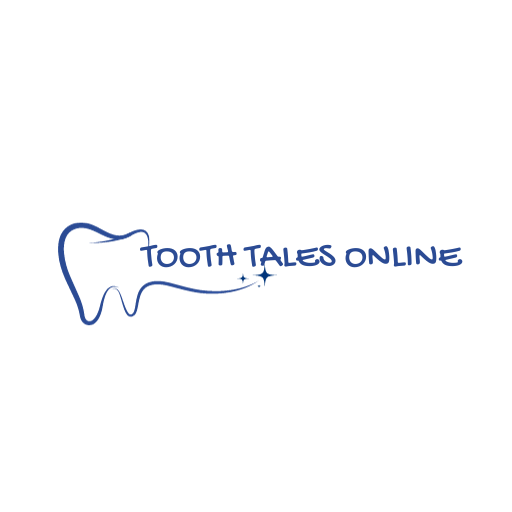
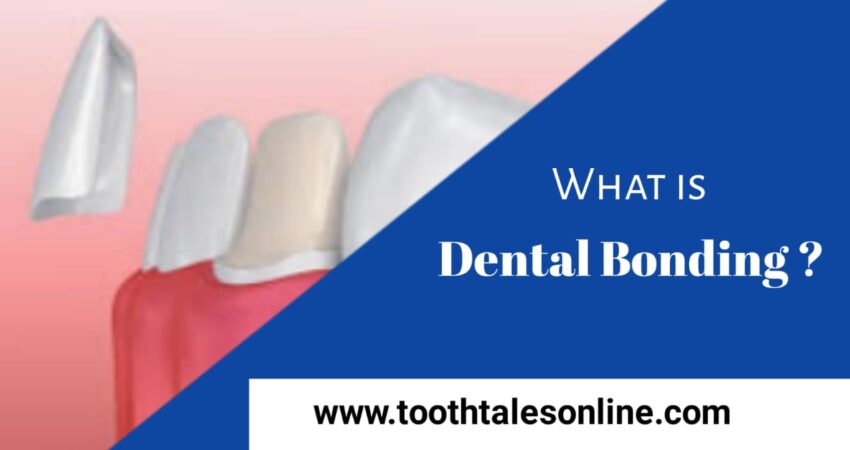
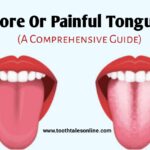
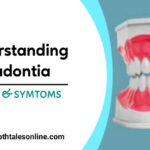
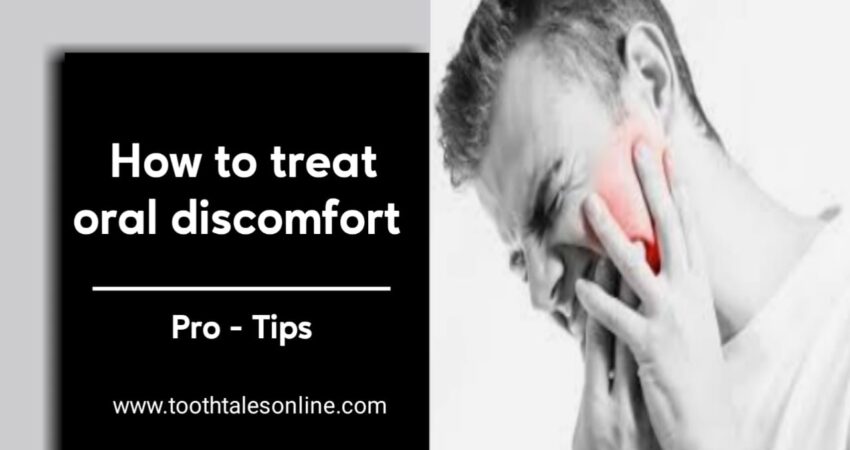
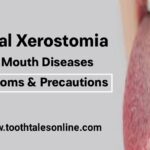

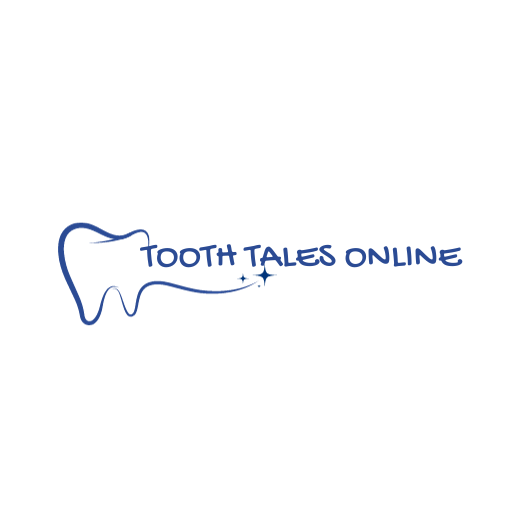
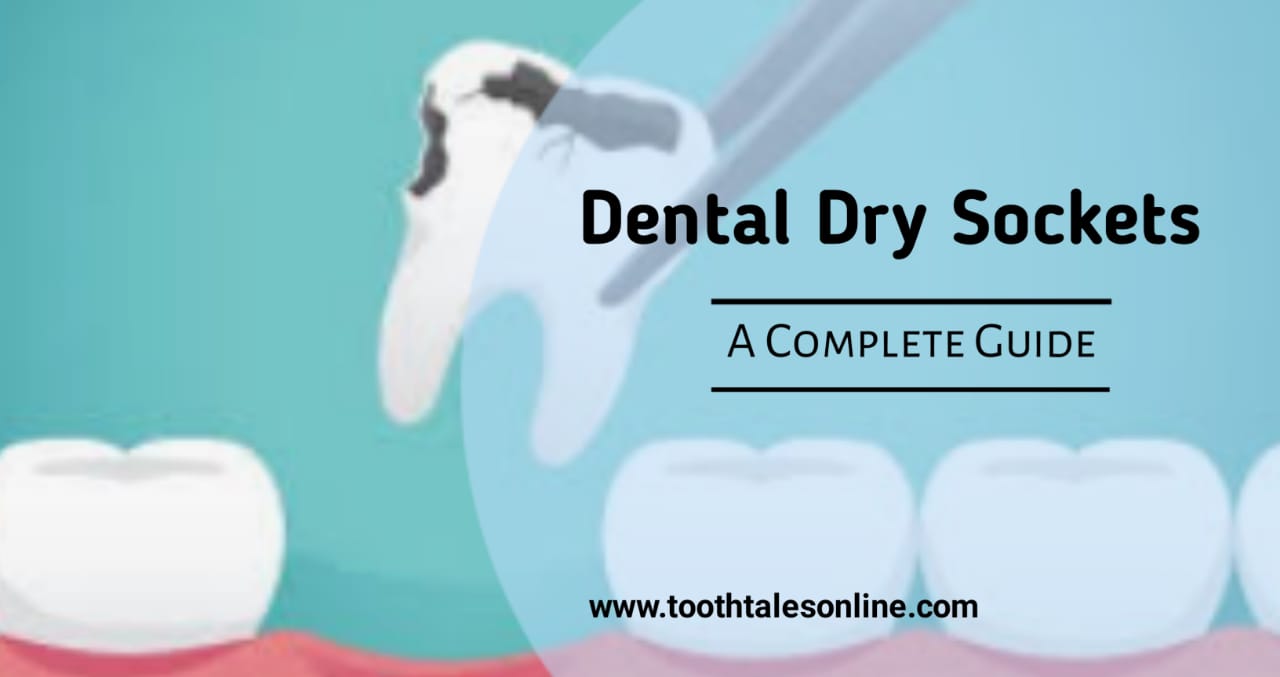
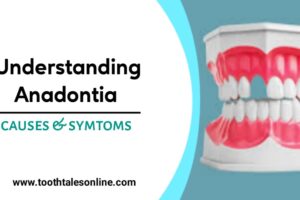
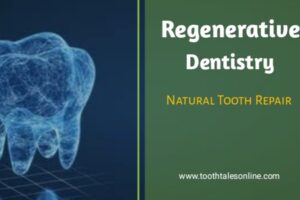











Add Comment